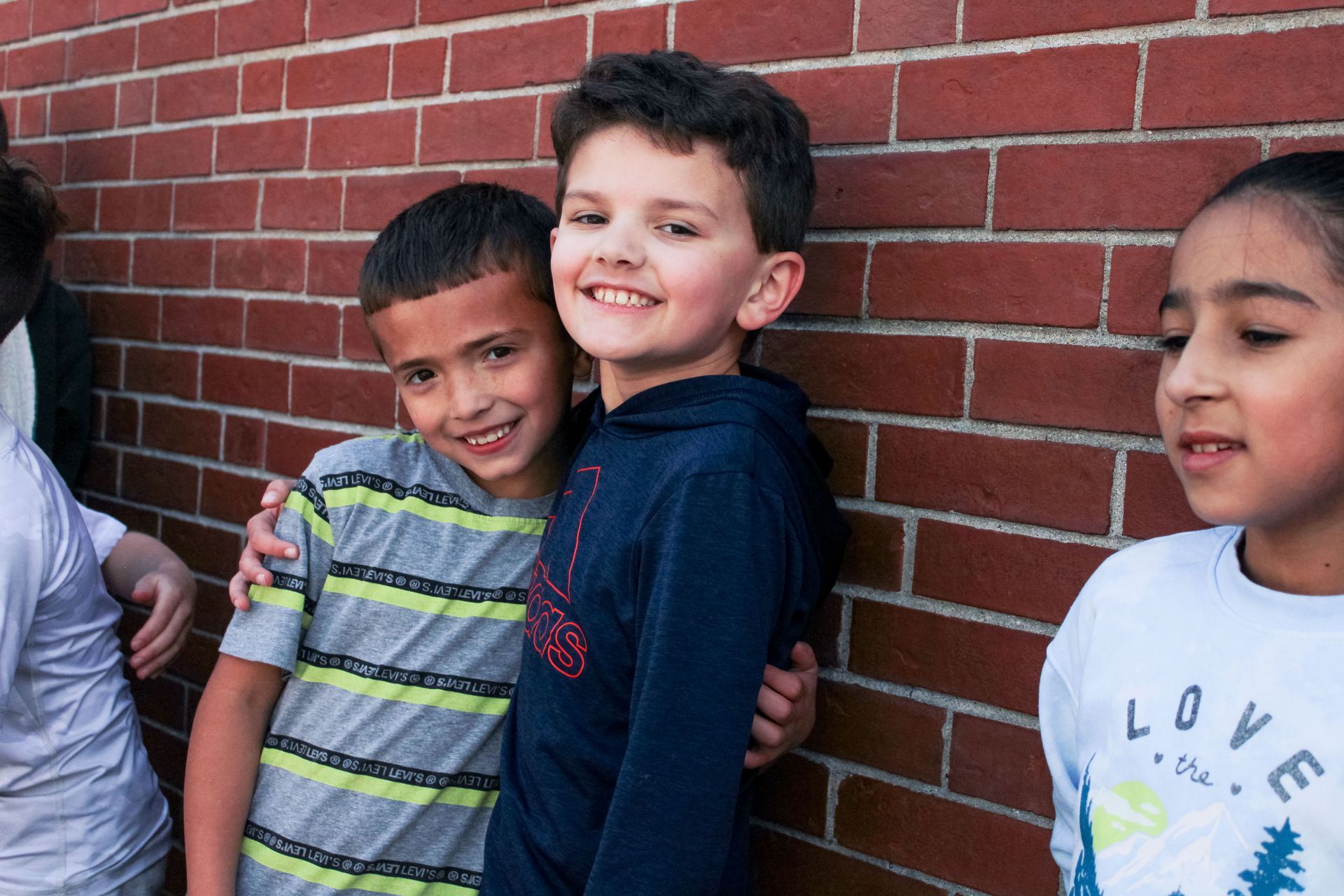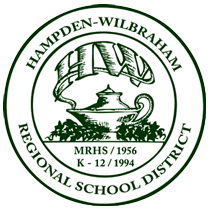
Student Services
Special Education services fall under the Department of Student Services and includes the following:
- Educational Team Leaders (ETLs)
- Board Certified Behavior Analysts (BCBAs)
- Psychologists
- Adjustment Counselors
- Special Education Teachers
- Paraprofessionals
- Transition Program
- Integrated Preschool Program
Related Services
- Physical Therapy
- Occupational Therapy
- Speech and Language Therapy
- Vision Therapy
- Hearing Therapy

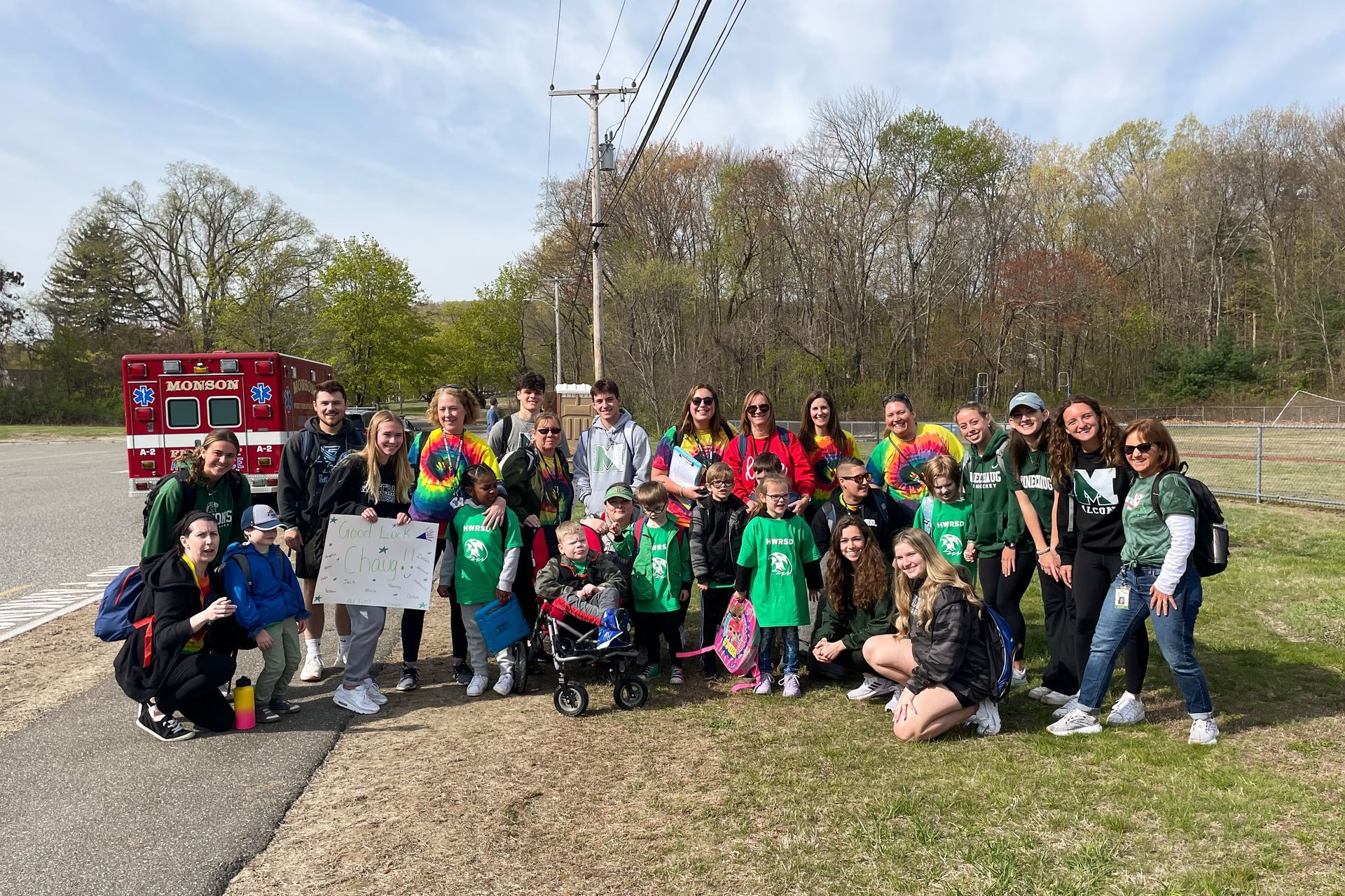
Related Information:
Student Services Department Staff
List of Services
Frequently Asked Questions
-
What is the role of the Educational Team Leader (ETL)?
The Educational Team Leaders (ETLs) are responsible for overseeing the implementation of Individualized Education Plans in their assigned buildings. They schedule and facilitate initial evaluation meetings and three year re-evaluation meetings. ETLs are responsible for reviewing IEPs generated by the SPED liaisons before they are sent to the Student Services Department.
Educational Team Leaders meet regularly with the SPED liaisons to discuss programmatic and/or student issues. The ETLs provide support and guidance to the Special Education Teachers in the buildings to which they are assigned. They serve as the liaison to the Student Services department.
-
What is the role of the Special Education Liaison?
The Special Education Liaison is the Special Education Teacher who provides academic services to their assigned students. They are responsible for scheduling and facilitating annual review meetings. Special Education Liaisons also provide progress reports as regularly as the general education students receive report cards. They maintain regular contact with the parents of their students. SPED liaisons oversee the paraprofessionals that support the students on their caseloads and provide guidance to them in service delivery.
-
How do parents know who to contact regarding issues related to Special Education?
The Educational Team Leader is the contact person to address any concerns about services on the Individualized Education Plan. This individual will address the concerns with the appropriate individuals on the TEAM. If there are concerns about academic assignments, these should be addressed with the Special Education Liaison. If parents have a question about discipline of their special education child, they should contact a building administrator.
-
How do you decide at a meeting whether B or C grid services are warranted?
B grid (push in) services are warranted when a student would be able to be successful in the classroom setting with modifications and accommodations to curriculum and accommodations. C grid (pull out) services are warranted when a student has skill deficits that prevent them from successfully accessing the curriculum in the classroom setting. Pull out services focus on improving the skill deficits to increase ability to access. The goal is for students to move on from pull out services to less restrictive B grid services.
-
How do you explain what consultation on A grid means?
Grid A services are indirect services. They provide support for the staff members who are working with particular students. These can be provided by individuals such as Psychologists, Counselors, related service providers (OT, PT, Speech, Vision, Hearing) and BCBAs. The information passed along is meant to help the classroom teachers and/or paraprofessionals support the students more effectively.
-
How do you decide if the services of an adjustment counselor are needed on an IEP?
Most often, counseling services are recommended for students who have an emotional disability as either a primary or secondary disability. The counseling is considered specially designed instruction to support a student in being able to access the curriculum and the goals are usually skill focused. These may be pull out or in the classroom depending on the needs of the student.
-
When does PLEP B need to be filled out?
PLEP B needs to be filled out when the identified disability impacts the student’s participation in the areas listed on the form and other unstructured activities such as assemblies, recess, transition in the hallways, field trips. Considerations for PLEP B are usually for students who have behavioral, communication, or vision concerns.
-
What is the criteria for getting into a sub-separate classroom?
A sub-separate classroom is the most restrictive environment in a school setting. Students are referred to a sub-separate classroom when their disability interferes in their ability to fully access the curriculum in a general education classroom. Students may also receive services in a sub-separate classroom for just a portion of their day.
-
Who is responsible for modifications and accommodations in the classroom?
The general education teacher, the special education staff, related arts teachers, and the paraprofessionals assigned to the classroom are all responsible for making sure that accommodations are being implemented in the classroom. Modifications to the curriculum are made by the special education teacher and may be implemented by this individual, the paraprofessional or the general education teacher.
-
Can students on IEPs access Tier II supports like Title I ELA or Math Intervention?
Students on IEPs are able to access Title I support if their disability does not already give them support in the area of concern.
Educational Team Leaders
What is the role of the Educational Team Leader (ETL)?
The Educational Team Leaders (ETLs) are responsible for overseeing the implementation of Individualized Education Plans in their assigned buildings. They schedule and facilitate initial evaluation meetings and three year re-evaluation meetings. ETLs are responsible for reviewing IEPs generated by the special education (SPED) liaisons before they are sent to the Student Services Department.
Educational Team Leaders meet regularly with the SPED liaisons to discuss programmatic and/or student issues. The ETLs provide support and guidance to the special education teachers in the buildings to which they are assigned and they serve as the liaison to the Student Services department.
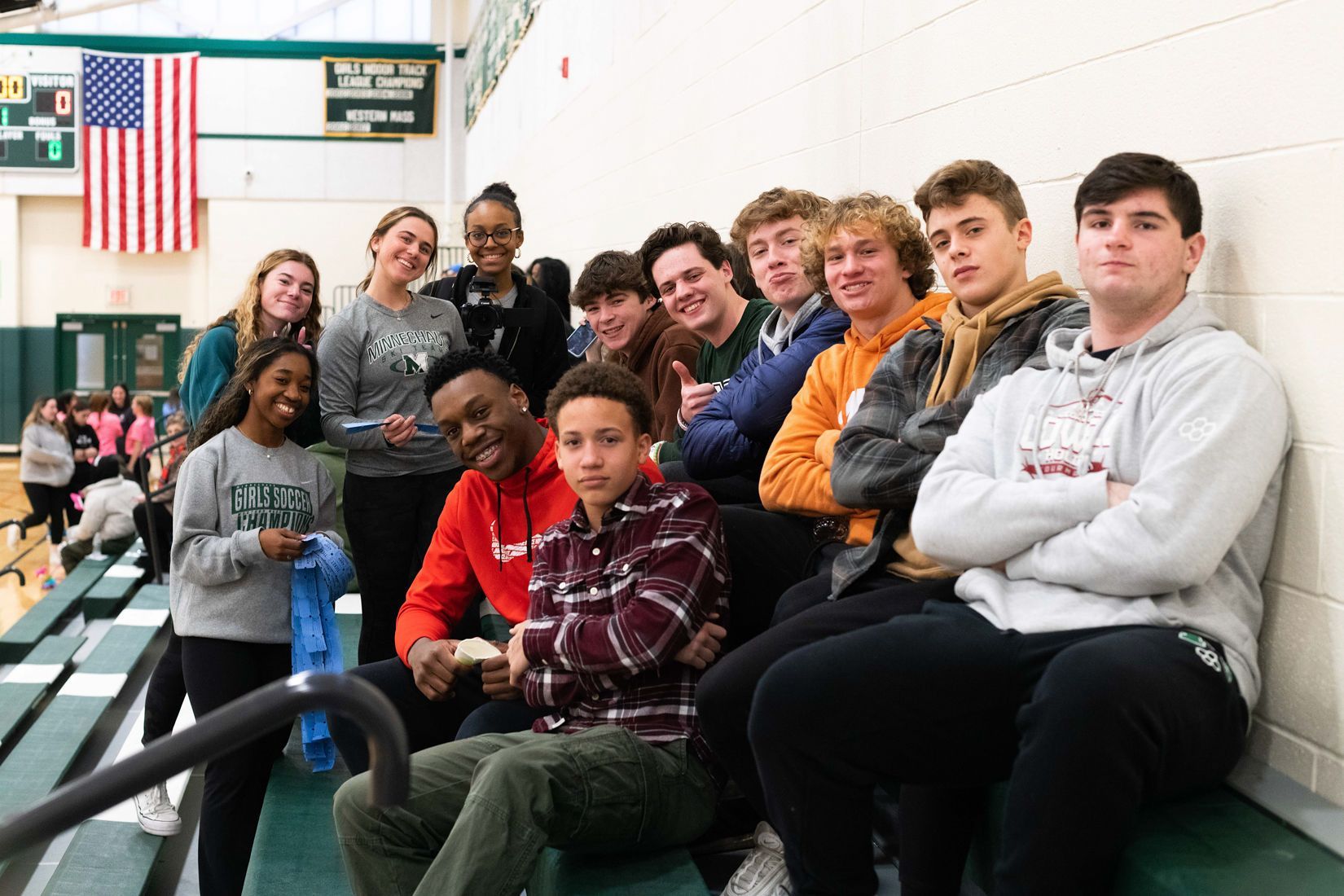
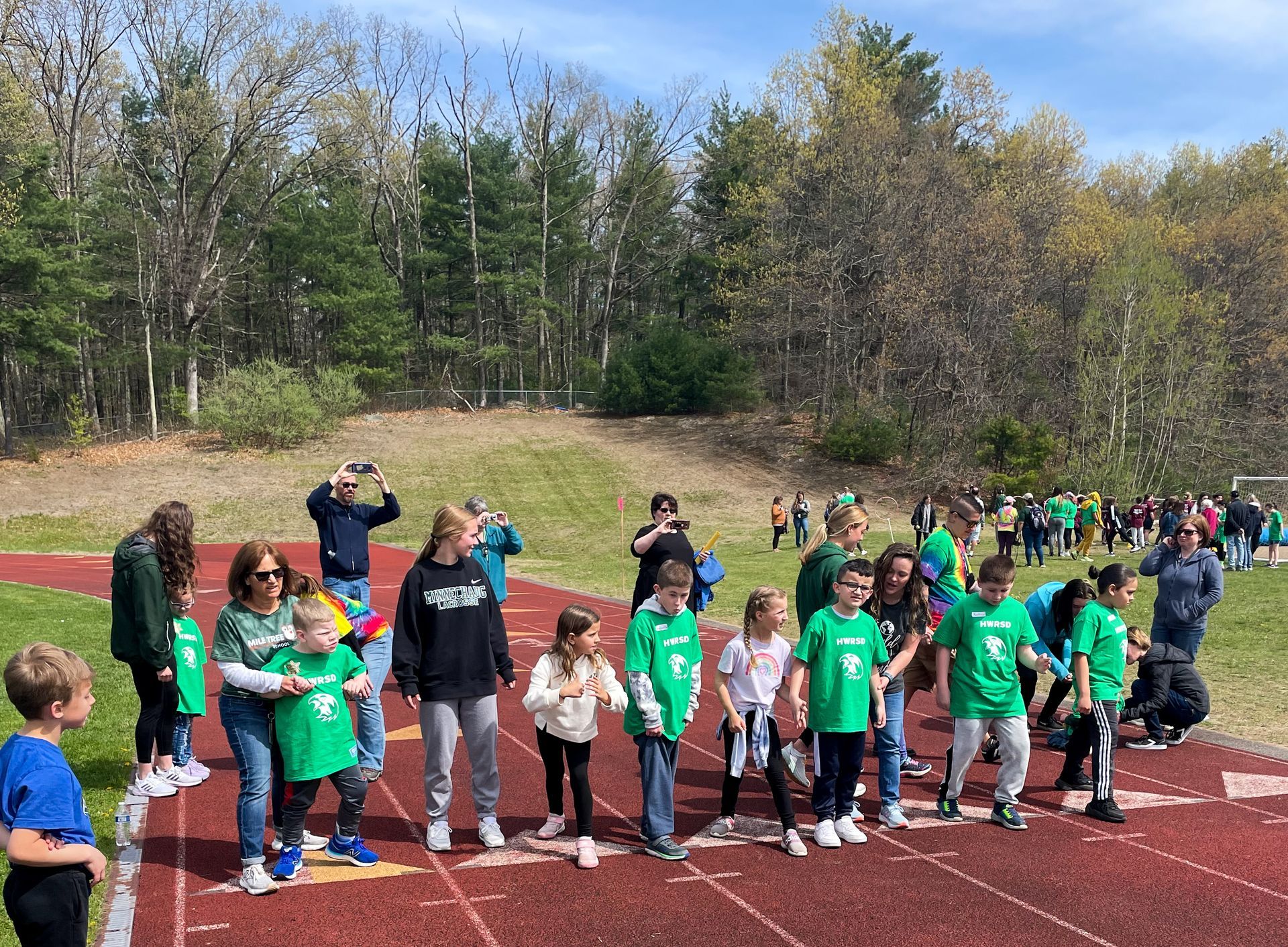
Leaders
List of Services
-
Adam Garand Green Meadows (K-8) & Mile Tree (K,1)agarand@hwrsd.org Adam Garand
-
Meghan Howe Green Meadows (Pre K) & Mile Tree (Pre K)mhowe@hwrsd.org Meghan Howe
-
Melanie Furman Stony Hillmfurman@hwrsd.org Melanie Furman
-
Lauren Broughton Soule Roadlbroughton@hwrsd.org Lauren Broughton
-
Kayla Zucco Wilbraham Middle Schoolkzucco@hwrsd.org Kayla Zucco
-
Christine Trumbull Minnechaug Regional High Schoolctrumbull@hwrsd.org Christine Trumbull
Early Childhood Program
The Integrated Preschool Program services children with and without special needs, within the three to five year age span. The program is under the Student Services Department for the Hampden-Wilbraham Regional School District. An integrated program is designed to meet the needs of all children through a variety of proven teaching techniques, methods, and strategies in order to target children’s specific styles, needs and challenges. An integrated classroom is comprised of children who are typically developing and children who are in need of specialized services as part of their Individual Education Plans.
Our curriculum is highly engaging and creative since we believe learning should be fun! Children are active participants in our program. The teachers are masters at creating materials and activities that follow along with a theme. They provide rich experiences that are based on best practices and research-based instruction.
Click here for the Early Childhood Program Registration.
-
Philosophy and Curriculum
The philosophy of the Hampden-Wilbraham Regional School District Integrated Preschool Program is:
- To provide a supportive, nurturing environment with appropriate activities and equipment to meet the general developmental needs and varying learning styles of three to five year old children in order Preschool Classroomto foster their social, emotional, cognitive, physical and language development.
- To encourage ongoing communication and interaction between school and parents.
- To provide a variety of supportive services and resource materials to young children and their families.
- The program is structured around the Preschool Massachusetts Curriculum Frameworks for English Language Arts and Literacy, Mathematics, Science and Technology, and Social Studies. Our preschool addresses skill development through developmentally appropriate activities. We follow a cross-disciplinary thematic approach with units that revolve around the seasons, science topics, special interests and literature. We use age-appropriate materials/activities and implement a variety of specific teaching strategies and methods to target children’s individual learning styles.
The teachers in this program are highly skilled at serving as guides and facilitators. Play is a young child’s “work” as they touch, manipulate, and experiment with materials, explore and observe the environment, and interact with adults and one another. Children are also highly encouraged to initiate their own activities and learning. Observations of the at work and play allow the teachers to present additional challenges to assist individual children in pushing their thinking further.
All of these components help to create a relaxing, non-stressful, yet challenging environment where children learn at their own individual stage of development. Ultimately, the goal of our preschool is to develop a positive self-image and a love of learning.
The classroom day is broken into several blocks to meet the needs of the whole child while taking into consideration children’s attention spans, physical and emotional capabilities. Each day you will see a variety of activities that prepare children for their elementary school experience as they enter kindergarten.
-
Integrated Preschool Goals
- To expand knowledge through observation, investigation and experiences in the environment
- To provide opportunities to acquire and use language skills
- To develop social skills and enhance emotional growth and the ability to interact in a group setting
- To develop small and large muscle skills by participating in developmentally appropriate activities
- To provide opportunities for growth in creative expression
- To provide parents with an opportunity to learn and share in their child’s growth
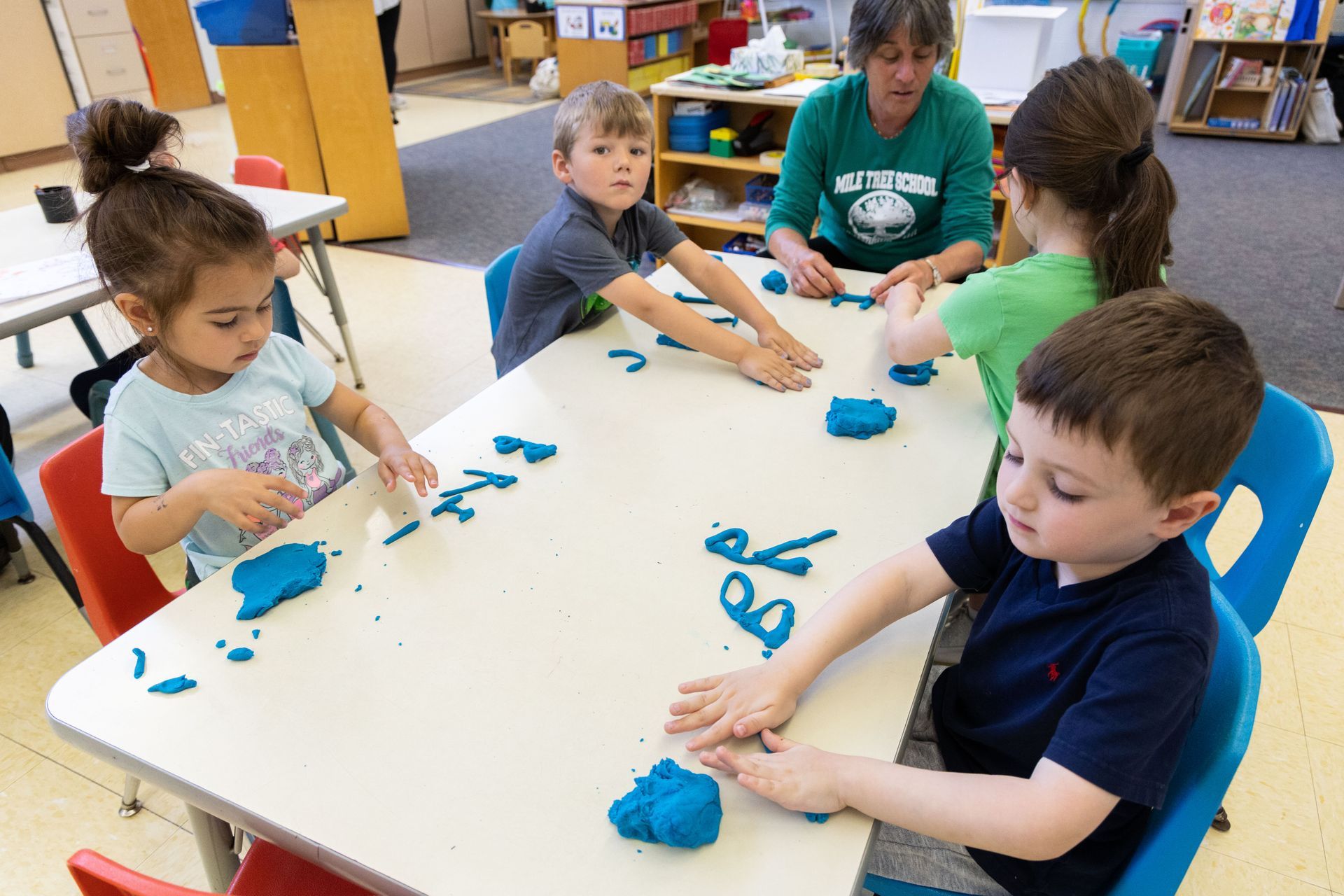
The Integrated Preschool Team
List of Services
-
Meghan Howe Early Childhood Coordinatormhowe@hwrsd.org Meghan Howe
-
Lisa Person Teacher, Mile Tree extensionlperson@hwrsd.org Lisa Person
-
Pamela Clark Teacher, Mile Treepclark@hwrsd.org Pamela Clark
-
Kellyn Kalish Teacher, Mile Treekkalish@hwrsd.org Kellyn Kalish
-
Jennifer Caine Teacher, Green Meadowsjcaine@hwrsd.org Jennifer Caine
Community Resources


Links and Files:
Contact:
Colleen Goodreau
HWRSD Family and Community Outreach Coordinator
Project Training Coordinator for Mental Health Awareness
413-566-3172
Special Education Parent Advisory Council
The mission of the Hampden-Wilbraham Special Education Parent Advisory Council is to work to promote an understanding of, respect for, and support for all children with special needs in the Hampden and Wilbraham communities. To that end, the Hampden Wilbraham SEPAC will work to:
- Promote a network of parents or children with special needs and provide the forum to share information.
- Promote communication between special education parents, teachers, paraprofessionals, administrators, and local, state, and national organizations, councils and groups.
- Promote communication and programs within the community to encourage understanding, acceptance and inclusion.
- Provide informational forums and training opportunities for parents, educators, students, professionals and paraprofessionals.
- Collaborate with the Director of Student Services on operations and development of special education programs.
Transition Program
Overview
The Hampden-Wilbraham Regional School District Transition Program services young adults ages 18 to 22. It provides learning opportunities and support to help shape their lives, understand their unique capabilities, and take on an active role in preparing to accept the responsibilities of adulthood. It is a full day program that offers both on-campus and off-campus, vocation and community based opportunities for students to prepare for their transition to adult life.
- Career development activities
- Social skills development
- Work-based learning experiences
- Social and leisure opportunities
- Activities of daily living
- Functional academics
Program Components
The program prepares students for further education, employment and independent living through:
Post Program Outcomes
- Supportive employment
- Viable living situation
- Competencies for a shared living experience
- Potential for adult day programs
- Opportunities for further education
- Participation in community-based activities
SITE LINKS

